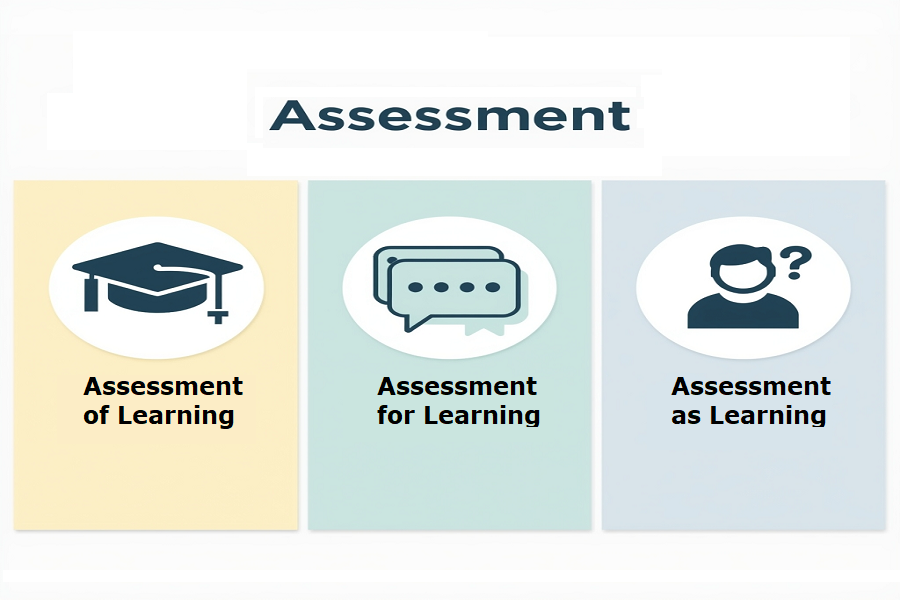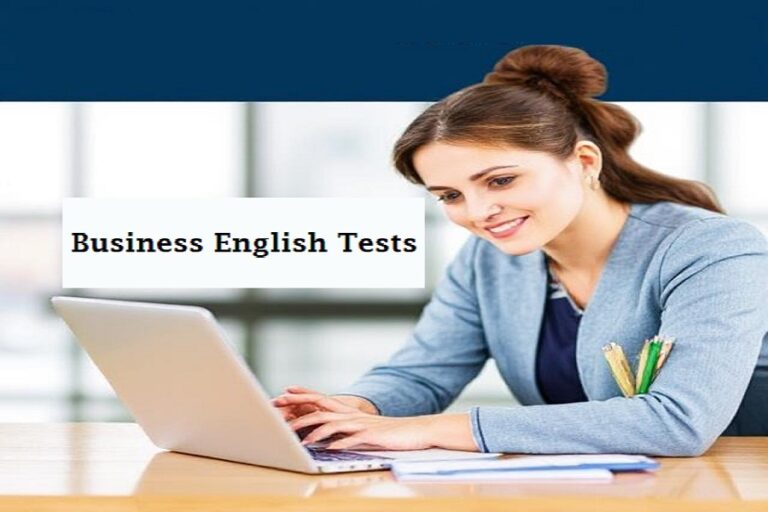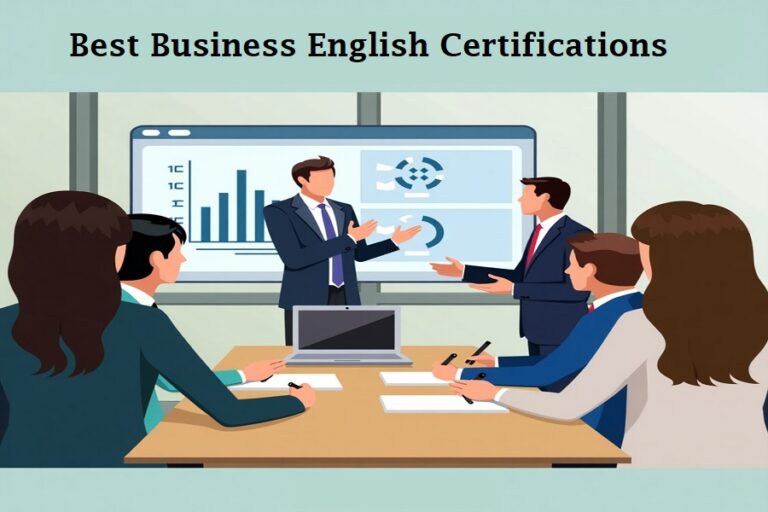
In the world of education, effective assessment is more than just scoring tests or filling out grading sheets. It’s about helping students learn, reflect, and grow. But to do that, teachers and educators must understand three main types of assessment: assessment of, for and as learning. Although these phrases may sound similar, they serve very different purposes in the teaching and learning process.
In this article, we’ll break down what each type means, how they differ, and how you can use them effectively in your classroom or training environment. Whether you’re a teacher, trainer, academic manager, or eLearning developer, this guide will help you embed the right kind of assessment into your learning design.
What Is Assessment of Learning?
Assessment of learning is often called “summative assessment”. It is usually conducted at the end of a learning period, such as the end of a unit, course, or academic year. The primary purpose is to measure what students have learned, compare them against standards or goals, and assign grades or scores.
Characteristics:
- Usually formal and graded.
- Conducted after instruction is complete.
- Focuses on results and outcomes.
- Used to report on students’ learning to parents, administrators, or governing bodies.
Examples:
- Final exams
- Standardized tests
- Achievement certificates
- End-of-unit quizzes
When to Use It:
Assessment of learning is useful when the goal is to make judgments about performance and demonstrate accountability. It helps educators answer questions like: Who passed? Who needs extra support? Is the curriculum working?
What Is Assessment for Learning?
Assessment for learning is commonly known as formative assessment. Unlike summative assessments, it is typically carried out during the learning process to help both teacher and student identify areas for improvement and guide teaching decisions.
Characteristics:
- Ongoing and mostly informal.
- Focuses on improving learning, not grading.
- Includes frequent feedback, not just scores.
- Encourages teacher and student reflection.
Examples:
- Observations during pair work.
- Oral questioning.
- Exit tickets.
- Mini-quizzes without grades.
When to Use It:
Assessment for learning supports better understanding and helps students bridge the gap between where they are and where they need to be. Teachers use this information to adjust instruction in real time. It is a powerful tool to promote active engagement and deeper learning.
What Is Assessment as Learning?
Assessment as learning builds on formative assessment but places the responsibility of evaluation into the hands of the learners themselves. It encourages students to reflect on their own progress, monitor their learning, and develop self-assessment skills.
Characteristics:
- Student-centered.
- Develops metacognitive skills (thinking about thinking).
- Promotes independence and accountability.
- Often includes peer assessment or self-assessment.
Examples:
- Learning journals.
- Student-created rubrics.
- Reflection logs.
- Peer feedback activities.
When to Use It:
Assessment as learning helps build confident, self-directed learners who understand their strengths and areas for improvement. It works exceptionally well in language learning, project-based learning, and professional development programs.
The Main Differences Between the Three Types
Below is a comparison to help you quickly grasp how the three types differ:
|
Type |
Primary Purpose | Timing | Audience |
Role in Learning |
|
Assessment of Learning |
To certify learning or measure achievement | End of learning phase | Teachers, institutions, parents |
Judging learning outcomes |
|
Assessment for Learning |
To support learning and guide instruction | During learning | Teachers and students |
Improving and developing learning |
|
Assessment as Learning |
To help students reflect and self-monitor | During learning | Mainly students |
Becoming independent, reflective learners |
How to Use All Three Types Effectively
In a well-designed educational program, all three types of assessment – assessment of, for and as learning – have a role to play. Here’s how to combine them for a balanced and effective assessment strategy:
1. Start with Assessment for Learning
Use informal check-ins, feedback sessions, and practice tasks to diagnose students’ needs. This helps you personalize instruction and keep students actively involved in their learning journey.
2. Build Assessment as Learning
Encourage self-assessment and peer feedback. Teach students how to recognize success criteria and evaluate their progress. This builds autonomy and motivation.
3. Conclude with Assessment of Learning
Once learning goals have been met, use a summative assessment to confirm learning and document progress. This may also be required for certification or accountability.
Why These Concepts Matter for Today’s Educators
Understanding the differences between assessment of, for, and as learning is essential for any teacher or trainer who wants to create a learner-centered classroom. These distinctions help shift the perception of assessment from a stressful event to a continuous part of learning.
By using all three types effectively, you can:
- Improve student confidence and motivation.
- Deliver more targeted instruction.
- Promote lifelong learning skills.
- Meet both internal and external performance requirements.
Assessment no longer needs to be seen as an obstacle. When used wisely, it becomes a powerful learning tool.
Recap
When planning your lessons or training modules, ask yourself:
- Am I only testing what students remember? (Assessment of Learning)
- Am I helping them learn through feedback? (Assessment for Learning)
- Am I teaching them how to learn and reflect? (Assessment as Learning)
Using a mix of all three ensures a balanced, effective, and student-centered learning environment — and that’s the real goal of modern education.
Final Thoughts
In today’s global education landscape, especially in TEFL, professional training, and corporate learning, understanding the difference between assessment of, for and as learning is key to empowering both educators and learners. Whether you’re teaching general or business English in Egypt, training future engineers in Vietnam, or onboarding new hires in Germany, you can transform learning by applying these assessment principles.
How to Differentiate Instruction in Your Diverse Classrooms
We must admit that we have diverse students with varying abilities in each class we teach, and teachers must modify their instruction to meet individual students’ readiness, levels, preferences, and interests.
In this case, differentiated instruction is badly needed.
- What is differentiated instruction?
- What classroom elements should be differentiated?
- How to adapt these elements? In other words, what steps should you follow to differentiate instruction?
- What are differentiated instructional strategies, and how can you use them to differentiate instruction in diverse classrooms?
You can find answers to all these questions in this guide.
It is your guide to differentiated instructional strategies and examples.
Get it now






